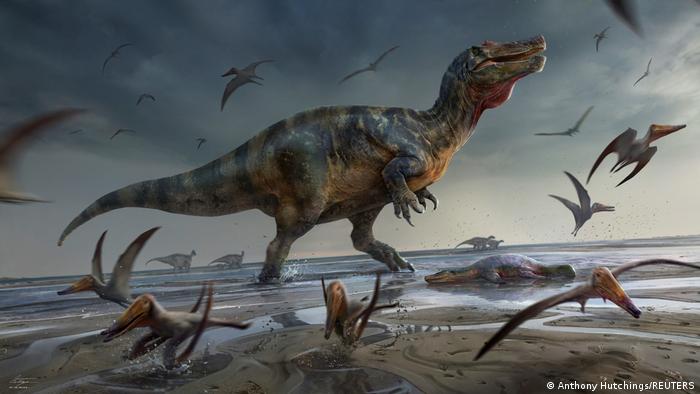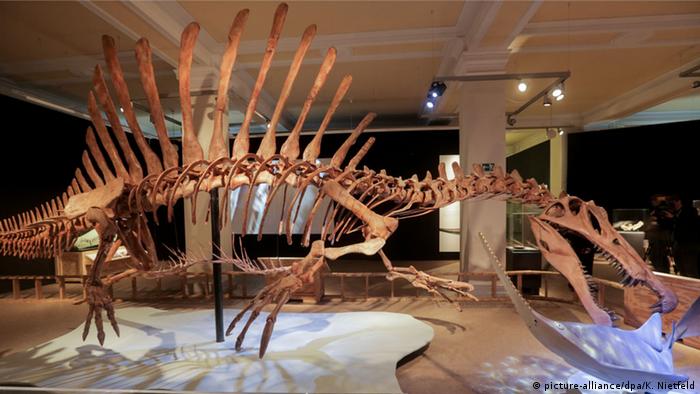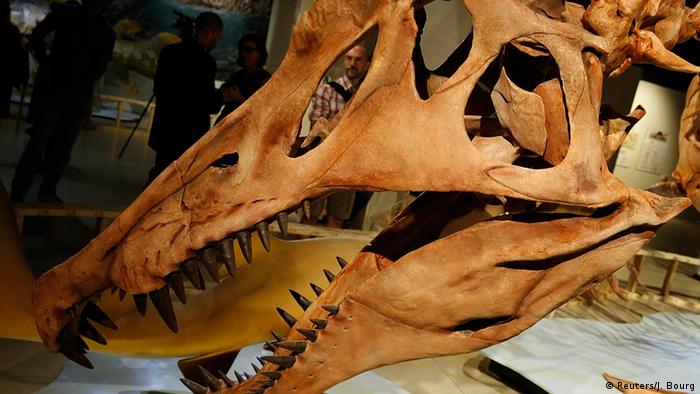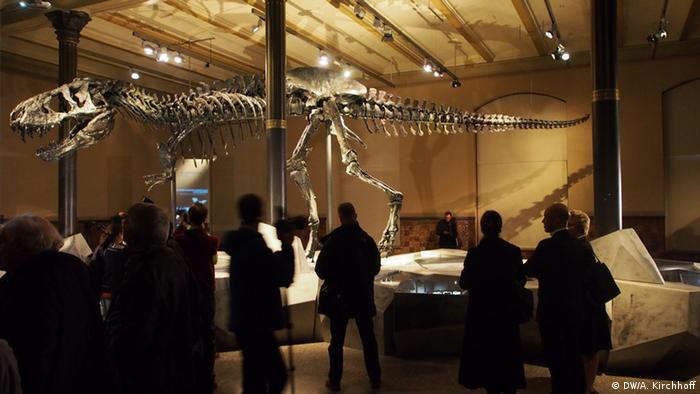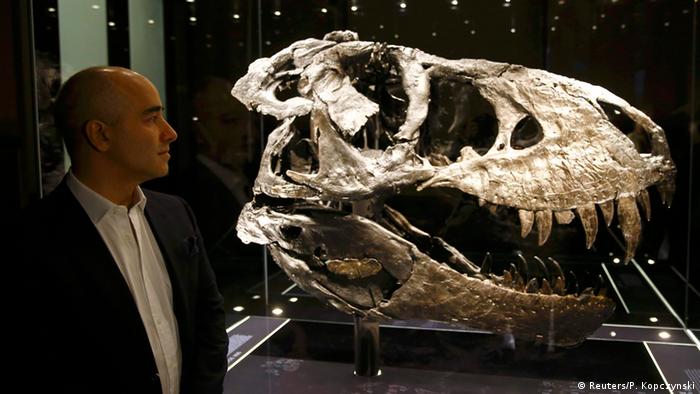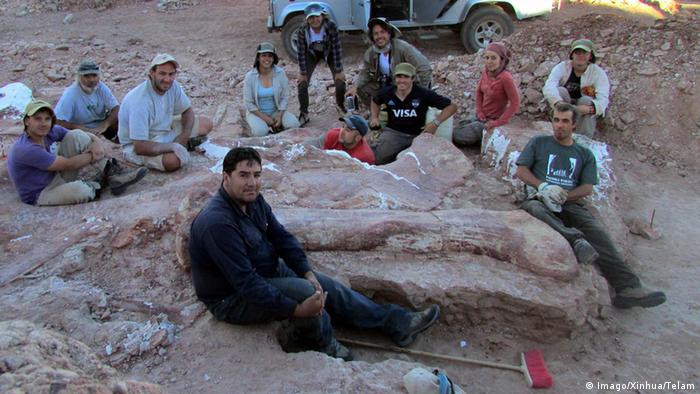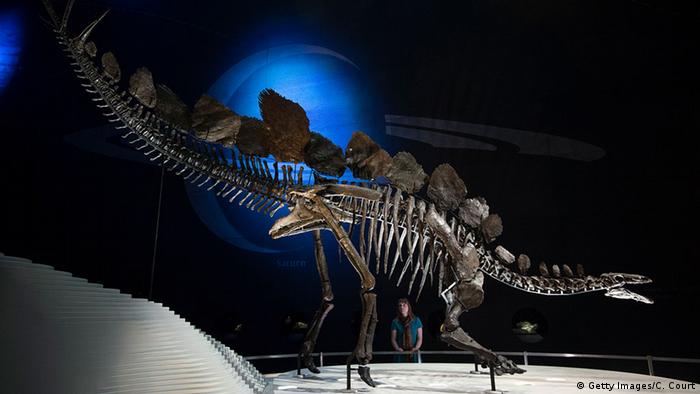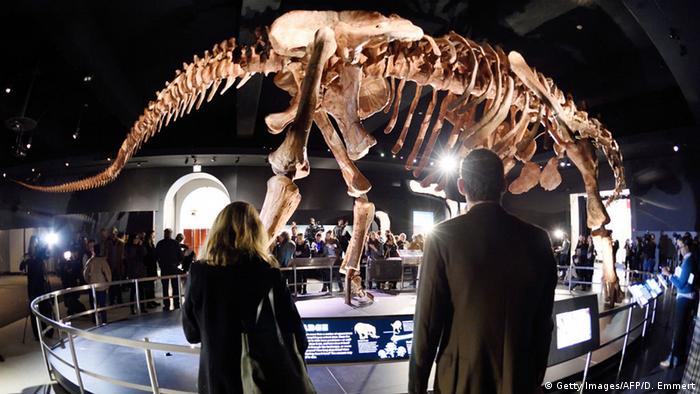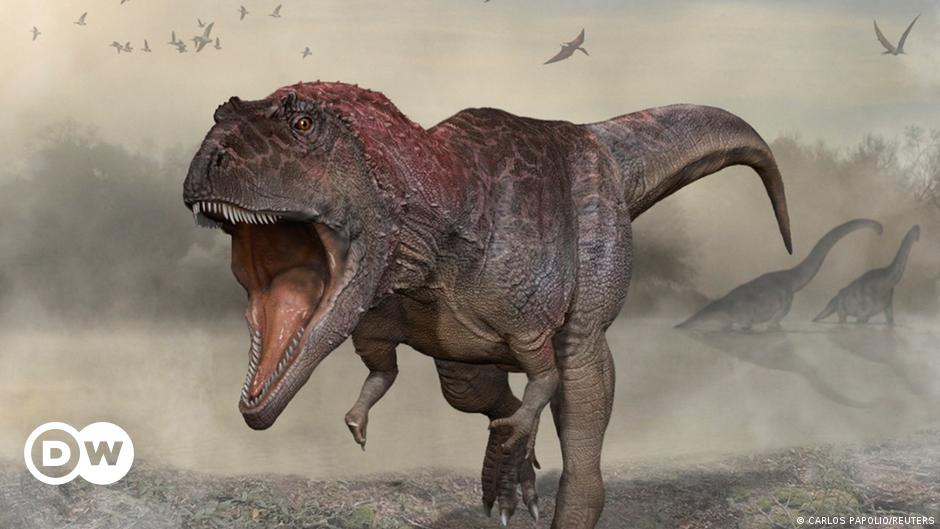
Dinosaurs are thought to have thrived in warm climates and lush tropical forests. But a new study rejects this notion and suggests that dinosaurs endured freezing temperatures, which eventually allowed them to dominate the planet for millions of years.
The study’s lead author, paleontologist Paul Olson, conducted research in 2016 in China’s Zhongguo Basin, an area rich in dinosaur fossils and footprints. On the first day, at their first stop, Olsen’s crew found something coarser than sand and gravel. To Olsen, this seemed unusual.
said Olson, who drove A study published in a journal Scientific advancesTo Mashable: “We didn’t move for three hours … We kept arguing about what we found.”
The research team gradually removed the strange sediments until they reached a sedimentary layer containing pebbles formed about 206 million years ago. According to geological studies, ice accumulated in the water adjacent to this layer of land and over time, led to the transfer of rocks from the ice layer to the bottom of the lake.
The presence of these particular rocks in the area indicates the presence of floating ice sheets in the area where the dinosaurs roamed, leaving clear traces. The researchers also determined that the Jonker Basin is located above the Arctic Circle, meaning it was once a very cold area, especially in winter.
“The whole picture of dinosaurs has been turned upside down,” Olson insisted. “They’re essentially cold-adapted animals.” Scientists who looked at the study said that this could be a sign that new history is being written for the age of dinosaurs.
Dinosaurs first appeared in the Triassic period, about 230 million years ago when Earth’s continents were a giant mass called “Pangaea.” At the end of the Triassic period, massive volcanic eruptions warmed the planet.
Fossils indicate that dinosaurs survived despite rising carbon dioxide levels and increasing ocean acidity.
During this time, carbon dioxide levels rose and the oceans became more acidic. These conditions proved not conducive to life for most species; The fossil record shows that three out of four species that lived on land and in the seas have gone extinct. However, dinosaurs somehow survived and later ruled the Jurassic period. But the mystery remains: How exactly did you succeed in doing this?
Today, Olson’s study offers a plausible explanation: Volcanic eruptions that released large amounts of heat-trapping carbon dioxide into the atmosphere also released sunlight-blocking sulfur dioxide.
Rising levels of sulfur dioxide darkened the planet and caused a long-term sharp drop in temperatures to freezing levels known as “volcanic winters,” the study says.
Importantly, the decrease in temperature during extreme volcanic winters was greater than the warming of carbon dioxide emissions.
Adaptation to low temperatures
According to studies, many wild animals – especially those that lived in the tropics – adapted to extreme cold and became extinct, including crocodile-like species closely related to dinosaurs. But dinosaurs survived through a unique adaptation process, Olson said.
Like the feathers of birds that protect them from the cold, dinosaurs also had a feather-like structure called “primary feathers” that they inherited from their ancestors. However, large dinosaurs didn’t need this strategy for thermal insulation because they were so massive and had high metabolic rates that protected them from extreme cold, Olsen says.
Dinosaurs eventually ruled the planet for about 200 million years, both herbivores and carnivores, with competing animals largely wiped out, according to Nation World News.
During this period, cold-adapted plants flourished, allowing herbivorous dinosaurs to flourish. “The rich vegetation allowed the herbivores to survive the winter, which certainly provided food for the carnivores,” Olson explained.
The discovery could rewrite our understanding of dinosaur dominance during the Jurassic period. “I think this study tells another story from another time, and it challenges the stereotype of dinosaurs,” said Anthony Fiorello, a paleontologist at Southern Methodist University who studied the study. “Their isolation mechanism (the dinosaurs) is very interesting,” said Fiorello, who researches dinosaurs in the Arctic.
Fiorello explained that the growth of dinosaurs may have slowed down during the colder months in the Arctic compared to the warmer months, and it is possible that the dinosaurs were already adapted to the freezing climate.
Fossil bones have markings called bony rings, similar to tree rings, indicating that they temporarily stopped growing, which allowed them to conserve energy during harsh winters, especially when food resources dwindled.
Olson and his team plan to continue to look for hard evidence of dinosaur populations growing in cooler climates.
Emmet Hassan

“Award-winning beer geek. Extreme coffeeaholic. Introvert. Avid travel specialist. Hipster-friendly communicator.”
